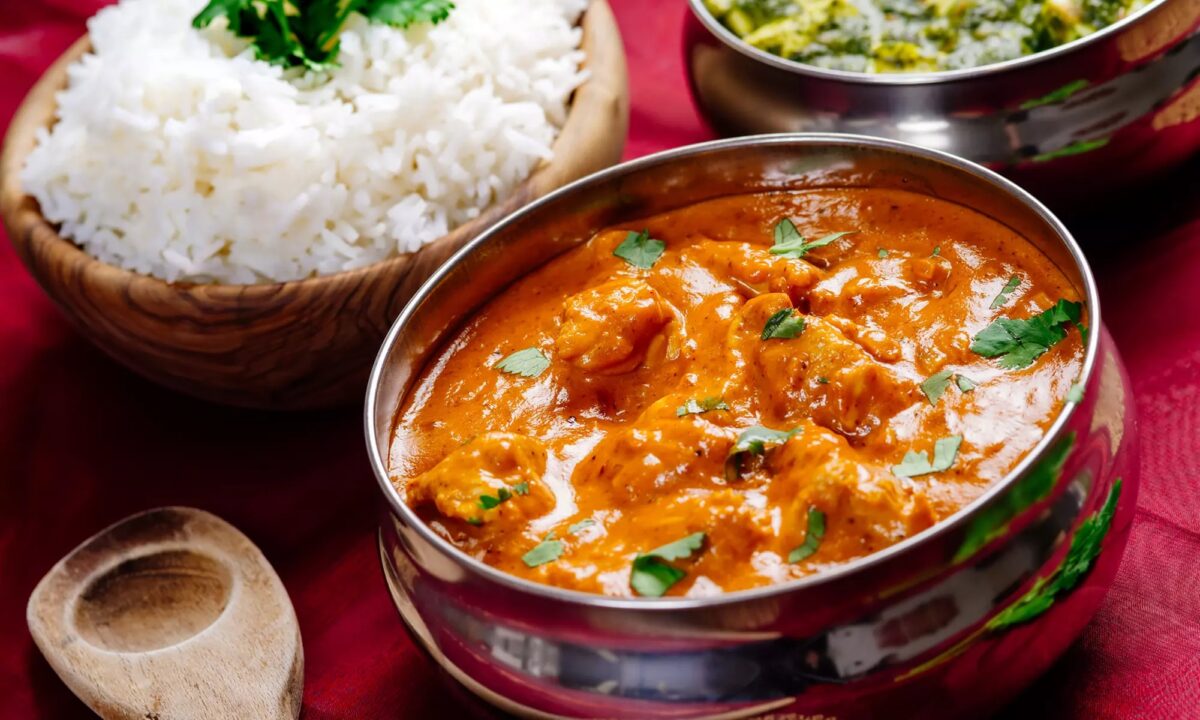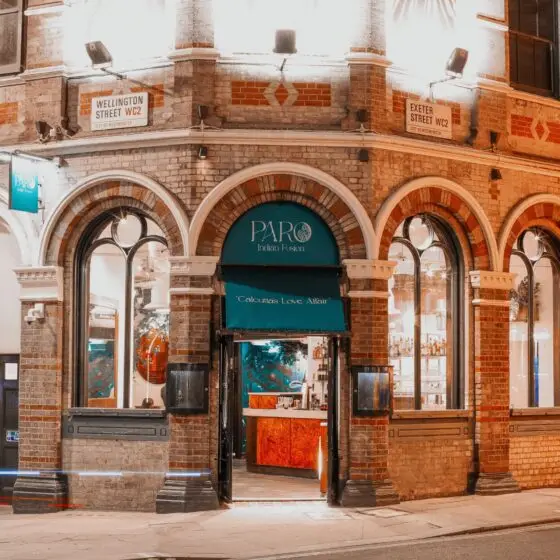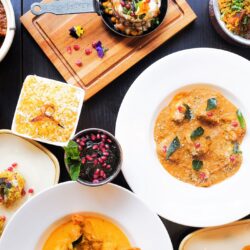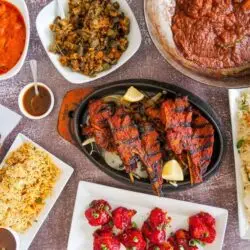When people think of Indian curries they often imagine rich flavours that blend into complex layers of taste and colour yet in our opinion many cooks struggle because they do not know which spices create these memorable dishes. We believe that by understanding five essential spices you can change ordinary meals into authentic food that feels both warm and satisfying.
At Paro in Covent Garden our customers say that spices are treated with care because they are seen as the soul of Indian cooking. In our view, whether it is the Thaali platter or our signature dishes which many diners call excellent value shows how these spices can create balance and variety in a single meal.
- Spices build depth in vegetarian and meat curries.
- Each spice holds a role from giving heat to adding sweetness.
- The £15 Thaali shows how flavours work together.
Why Spices Matter In Indian Curries
The problem that many people face is that they use spices without really knowing how each one works and this leads to dishes that can taste either too plain or far too sharp. We believe that the secret of authentic flavour is not how many spices are used but how the most important ones are brought together with care.
In our opinion focusing on cumin, coriander, turmeric chilli powder and garam masala gives the strongest base. These are the spices that appear again and again in curries whether they are mild creamy dishes or strong fiery ones.
- Cumin brings a smoky earthiness.
- Coriander softens flavour with a light sweetness.
- Turmeric gives colour and a soft bitterness.
Indian Curries And The Essential Five Spices
Food critics locally often say that Indian curries differ widely between chefs yet they almost always agree that the same five spices sit at the core. Our customers mention that when they try different curries at Paro they notice how each dish feels unique but they can still sense the same careful use of spices in the background.
Cumin seeds when fried in hot oil release an aroma that sets the tone for sauces. Coriander adds a freshness that ties flavours together. Turmeric not only provides its golden colour but also offers warmth that many people find comforting.
- Chilli powder shapes the heat of the curry.
- Garam masala gives depth and balance at the end.
- Every spice adds to harmony in the dish.
Types Of Indian Curries And How Spices Shape Them
When people speak of types of Indian curries they often name butter chicken rogan josh or palak paneer. In our view what separates these curries is not only the main ingredient but also the way spices are combined in each one.
Butter chicken relies heavily on garam masala to create richness. Rogan josh uses chilli powder to produce warmth and boldness. Palak paneer depends more on cumin and coriander to keep its freshness alongside spinach. We believe that this range is what makes Indian cuisine so interesting because the same five spices can be arranged to create endless variety.
- Spices decide how mild or strong the curry becomes.
- Each curry has a different mix of the same core spices.
- Our Thaali’s lets customers taste this range in one sitting.
Best Indian Curries To Try And The Role Of Spices
For anyone exploring the best Indian curries to try we believe the Thaali at Paro is the most complete introduction. In Covent Garden diners often choose the £15 Thaali because it allows them to enjoy several curries at once and food critics locally say that it shows how spices behave differently from one dish to the next.
We think this proves that people do not need to order many separate dishes to discover variety. Instead the Thaali acts as a journey across Indian food where cumin turmeric coriander chilli powder and garam masala each shine in their own way.
- The £15 Thaali offers multiple curries for one price.
- Perfect for anyone unsure which curry to pick.
- A single platter that shows how spices create variety.
Proof That Spices Define Indian Curries
In our opinion the role of spices can be seen in how Indian food has travelled across the world while never losing its heart. Wherever you find Indian restaurants chefs still rely on the same essential spices that have lasted through centuries of cooking.
At Paro our chefs use these spices daily and customers often say they can taste both tradition and care in every bite. Food critics locally believe the line between a good curry and a memorable curry lies in how these spices are balanced with patience.
- Indian food history points to the same five spices.
- Chefs today continue to use them as their base.
- Our diners often speak of tasting both tradition and creativity at Paro.
Final Thoughts
We believe that spices are the true language of Indian cooking and that learning to use five essentials opens doors to countless flavours. For anyone who wishes to cook or taste authentic Indian curries we think cumin coriander turmeric chilli powder and garam masala are the perfect place to begin.
At Paro our food shows this every day. Our customers often describe it as the most enjoyable way to taste variety at a fair price in central London. If you are curious about the best Indian curries to try, we believe a visit to Covent Garden will let you see how these five spices work together in harmony.
FAQs
Q1. What spices are essential for cooking Indian curries
We believe cumin coriander turmeric chilli powder and garam masala are the five key spices.
Q2. What are the most popular types of Indian curries
Food critics locally often list butter chicken rogan josh palak paneer and dal as timeless favourites.
Q3. What are the best Indian curries to try at Paro
Our customers say the £15 Thaali is ideal because it lets you taste several curries with different spice blends.
Q4. Why is Paro a good place to taste authentic Indian curries
In our opinion Paro stands out because it offers traditional value and variety together in central London.




